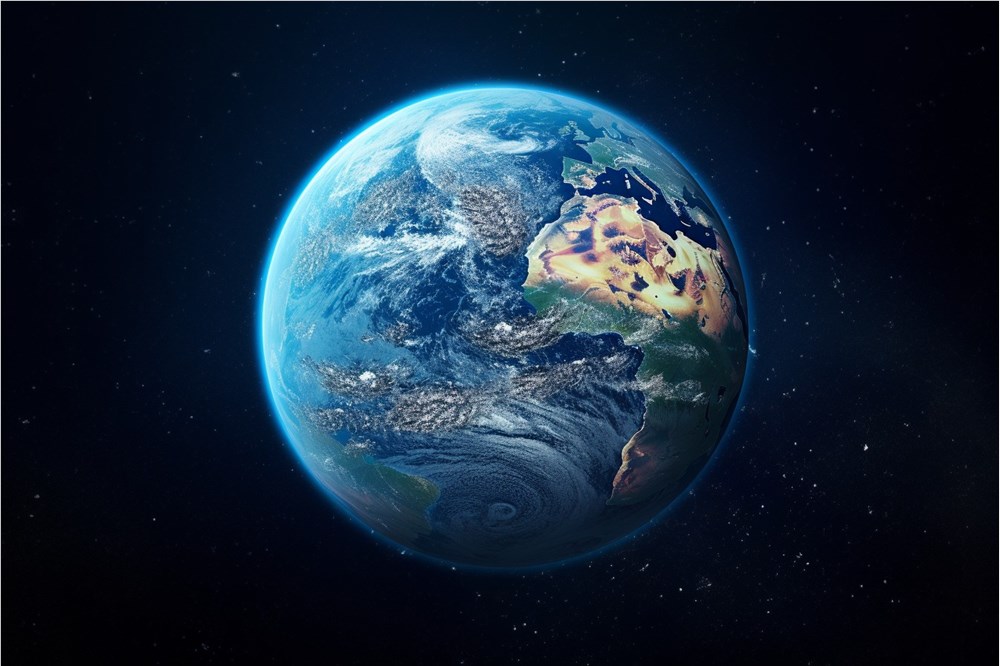AI Ushers in a New Era for Astronomy: Discovery of a New Supernova by Artificial Intelligence
-
Artificial intelligence is making significant strides in the field of astronomy. Recently, the discovery of a new supernova by AI has captured widespread attention. Astronomers from Northwestern University led a team to develop the world's first fully automated, AI-powered supernova detection system, which successfully identified this new supernova. This breakthrough is expected to assist future research on stellar explosions.

Before this tool was created, scientists relied on automated systems and manual verification methods for research. However, with the assistance of AI, they can now delegate the labor-intensive tasks to machines, which not only detect supernovae but also determine whether they are indeed supernovae.
This AI-powered supernova detection system is named the Bright Transient Survey Bot (BTSbot). If it continues to succeed, future research will require no human intervention, allowing astronomers to focus on other critical tasks.
To train BTSbot, researchers fed 1.4 million images from 16,000 different astronomical sources into the system. This enabled the machine learning algorithm driving the system to learn how to identify and detect supernovae in the cosmos. After processing this training data, the AI-powered detection system began its work and eventually identified a supernova candidate.
This potential stellar explosion is believed to originate from a white dwarf that has completely exploded. The AI system detected the supernova and automatically shared the discovery with the astronomical community, eliminating the need for manual verification and streamlining the entire process. So far, the system has performed exceptionally well and holds promise for further advancements in supernova identification.
But why remove human involvement from the process? Adam Miller, Assistant Professor of Physics and Astronomy at Northwestern University, explains: "Eliminating human involvement allows research teams more time to analyze their observations and develop new hypotheses to explain the origins of the cosmic explosions we observe."
